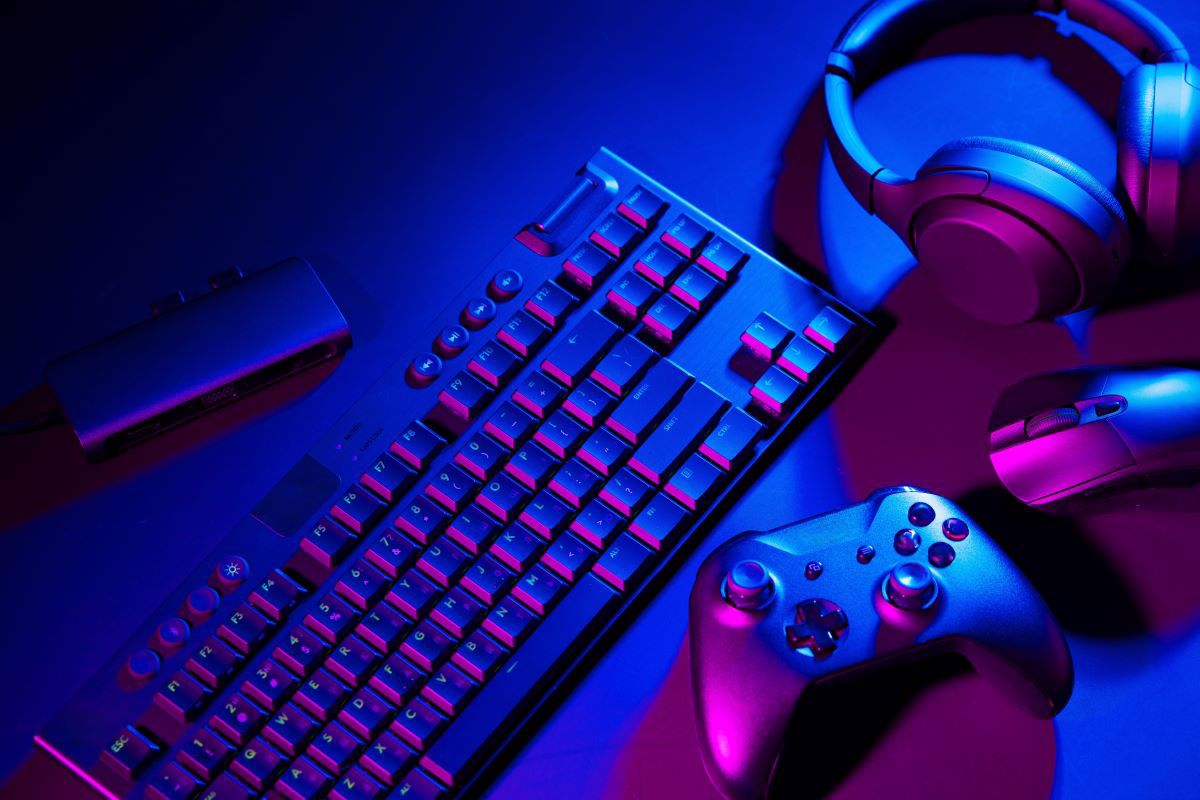Introduction
With the rapid advancements in technology, Gaming laptops in 2025 have become more powerful, efficient, and versatile than ever. Whether you’re an esports competitor, a casual gamer, or a content creator, choosing the right laptop can make or break your gaming experience. But with so many models and specifications out there, how do you decide which one fits your setup best? This guide will help you understand what to look for when picking the perfect Gaming Laptop for your needs.
Step 1: Identify Your Gaming Priorities
Before diving into specs and brands, define your gaming goals. Are you into fast-paced FPS games that demand high refresh rates, or story-driven RPGs that require stunning visuals? Knowing your gaming style helps narrow down your options. Competitive gamers should look for Gaming Laptops with high refresh rates and fast response times, while casual players might prioritize resolution and design.
Step 2: Choose the Right GPU – The Heart of Gaming Performance
The graphics card is the most important component in any Gaming Laptop. In 2025, NVIDIA’s RTX 40 and 50 series dominate the market, offering ray tracing, DLSS, and AI-enhanced visuals.
- Entry-level gamers should look for RTX 4050 or RTX 4060 GPUs.
- Mid-range gamers will benefit from RTX 4070 or RTX 4080 for smooth performance in AAA titles.
- Hardcore gamers and streamers should aim for RTX 4090 or RTX 5090-powered laptops for the best visuals and highest frame rates.
Razer’s Blade lineup, for example, features a range of options that cater to every gamer’s GPU needs, all while maintaining sleek portability.
Step 3: Pick a Powerful Processor
Your CPU works hand-in-hand with your GPU. Modern Gaming Laptops offer Intel Core i9, i7, and AMD Ryzen 9 or Ryzen 7 processors. For multitasking, streaming, or editing, a higher-core processor like the i9 or Ryzen 9 is worth the investment. If you mainly focus on gaming, an i7 or Ryzen 7 will give you excellent performance at a lower cost.
Step 4: Prioritize Display Quality
A great display enhances the gaming experience immensely. Look for Gaming Laptops with:
- Refresh rates of 165Hz or higher for smooth motion.
- Resolutions of at least 1440p (QHD) for crisp visuals.
- Panel types like OLED or IPS for vibrant colors and better contrast.
Models such as the Razer Blade 16 offer stunning QHD+ 240Hz displays, combining speed and clarity that appeal to both competitive and immersive gamers.
Step 5: Don’t Overlook RAM and Storage
Modern Gaming Laptops require plenty of memory and fast storage.
- Aim for 16GB RAM minimum; 32GB is ideal for future-proofing.
- Always choose an SSD over HDD for faster boot times and game loading.
Many high-end Gaming Laptops, including those from Razer, now feature PCIe Gen 4 SSDs that deliver lightning-fast read and write speeds.
Step 6: Cooling and Thermal Design Matter
Even the best hardware can’t perform well without efficient cooling. Gaming Laptops generate heat, especially under heavy load. Look for models that use advanced cooling solutions such as vapor chambers, multiple fan systems, or liquid metal thermal compounds. Razer’s vapor chamber cooling system, for example, keeps its laptops running at peak performance without overheating or excessive noise.
Step 7: Portability and Build Quality
Depending on your setup, portability might be crucial. Some Gaming Laptops are designed for mobility, while others prioritize raw power.
- If you travel often, go for lightweight options like the Razer Blade 14 or ASUS Zephyrus G14.
- If your laptop mostly stays on a desk, larger models like the Razer Blade 18 or MSI Titan GT77 offer maximum power and screen real estate.
A solid aluminum chassis is also recommended for durability and premium feel.
Step 8: Battery Life and Power Efficiency
Battery life has long been a weak spot for Gaming Laptops, but 2025 models have improved significantly. Look for laptops with smart GPU switching (NVIDIA Advanced Optimus) and efficient processors that extend battery life during non-gaming use. While gaming unplugged still drains battery fast, newer systems can handle general tasks for up to 8–10 hours.
Step 9: Connectivity and Expansion
Modern Gaming Laptops need strong connectivity options to complement gaming setups. Ensure your laptop includes:
- Thunderbolt 4 or USB 4.0 ports for fast data transfer.
- HDMI 2.1 or DisplayPort support for external monitors.
- Wi-Fi 7 and Bluetooth 5.4 for reliable, low-latency connections.
Razer’s latest models even support docking solutions that transform laptops into full desktop-like setups.
Step 10: Design and Aesthetics
For many gamers, design matters. Today’s Gaming Laptops blend minimalist elegance with gamer-friendly RGB accents. Razer’s signature Chroma RGB keyboard lighting is fully customizable, allowing you to personalize your setup while maintaining a professional aesthetic suitable for any environment.
Bonus Tip: Set Your Budget Wisely
Gaming Laptops vary widely in price. Establish your budget early, and prioritize the features that matter most to you. Spending slightly more on better cooling, GPU, and display quality can extend your laptop’s lifespan and enhance your experience over time.
Conclusion
Choosing the right Gaming Laptop for your setup in 2025 comes down to balancing performance, portability, and personal preference. Whether you’re drawn to the ultra-slim Razer Blade 14 or the powerhouse Razer Blade 18, understanding what fits your gaming style ensures you get the best out of your investment. In today’s gaming world, the perfect laptop isn’t just about specs—it’s about crafting the ultimate experience that moves with you, wherever your next victory awaits.
